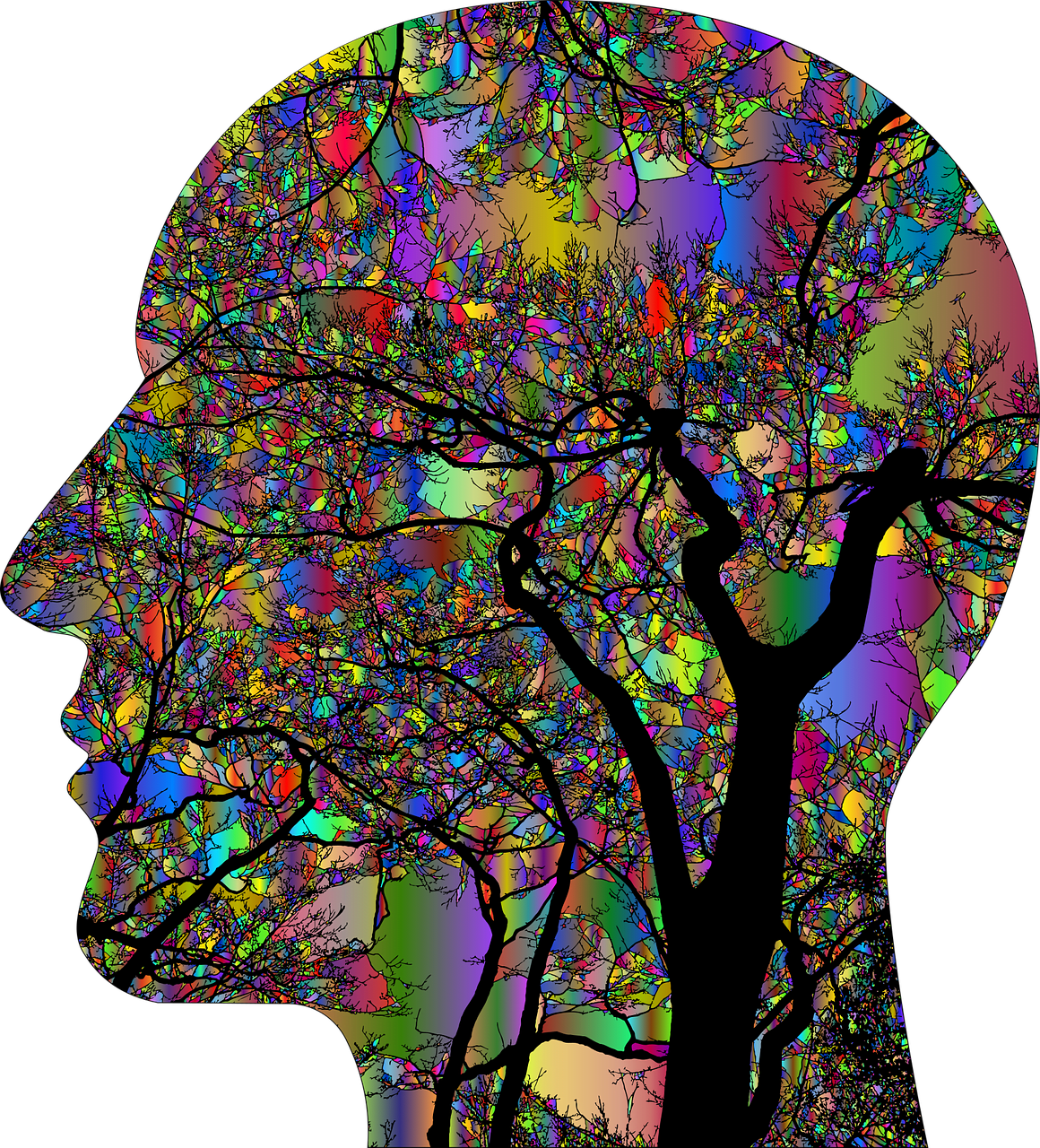
Okay, so the brain’s not plastic. It’s a lot of fat mixed in with some blood and stuff, but we’re going with the title anyway. Here’s why:
What is Neuroplasticity?
Neuroplasticity is “the capacity of neurons and neural networks in the brain to change their connections and behavior in response to new information, sensory stimulation, development, damage, or dysfunction.”
Essentially, the brain is malleable. The brain adapts! How exciting is that? (We think, VERY). In this post, we’ll explore neuroplasticity and what it has to do with addiction and recovery. Let’s jump in with the basics first.
Types of Neuroplasticity
There are 2 types of neuroplasticity:
- Functional plasticity: The brain can move different functions from a damaged part of the brain to an undamaged part. Nerves can grow new tails and reconnect, certain functions can move from a damaged side of the brain to the other side, parts of the brain associated with one ability can pick up a new function, the brain can essentially expand functional areas to cover an overused bit, and it can develop methods to compensate for a lost function.
- Structural plasticity: Experiences or memories change the physical structure of the brain. Nerves grow and die, new and different neural connections are made, parts of the brain can increase or decrease in volume, and the strength of different neural connections can change. 3
If you’re wondering what this has to do with addiction and recovery, hold tight. We’re about to talk about that.
Let’s focus on 2 things: the damage that drugs and alcohol can do to the brain AND the repetitive nature of addiction.
Just a few weeks ago, in a post titled, How Chemicals Hurt the Brain, we identified some changes that can happen in the brain due to chemical ingestion. These changes include adaptations to the pleasure pathway, depleted gray matter, and reduced hippocampal volume. These structural issues also have functional components. Mood, memory, and movement issues can result.
In addition to the damage that can take place because of the chemicals themselves, issues also arise due to the repetitive nature of addiction and also the seemingly unrelated habits of daily living. Structural plasticity is actually at play here. Over months or years of use, people develop repeated patterns of thought, feeling, and action related to their drug use and also in response and reaction to relationship issues, security issues, and trauma, among other things.
These patterns can be seen as neurons in the brain firing and wiring together. In other words, certain connections in the brain, those associated with these repeated patterns, grow stronger than others. Sometimes, these repetitive patterns are more difficult to overcome than the issues that may have resulted from the chemicals themselves.
Benefits of Neuroplasticity
Fortunately, we have our delightful plastic (okay, not really) brains. Thanks to neuroplasticity, once you’ve stopped ingesting the chemicals and you’ve stepped onto a pathway of recovery that includes developing new, healthy, repetitive patterns, the brain can start to do its magic. Removing the chemicals gives the brain a chance to heal and prevents further drug-related damage. It also gives the brain a chance to engage in some functional plasticity if it needs to. If the damage was done due to chemical ingestion, the brain can find different ways to adjust for that damage, and you’ll be able to help by engaging in rehabilitation practices as recommended. That’s all pretty great, but there’s more to it.
Once you stop the repetitive actions involved in seeking, ingesting, and recovering from chemical use, you can start to address other repetitive patterns you’ve been engaging in that haven’t been working very well. Of course, you don’t just stop doing those things, you start practicing different things, and guess what. As you practice new healthy patterns, you start to create new connections in your brain. Over time, the neural connections that are associated with healthy ways of thinking, feeling, and acting will get stronger and stronger.
Eventually, you’ll have strong networks of neurons connected to your new, healthy habits, and it will be easier and easier to avoid falling into the old stuff AND to actively engage in ways of being that feels good to you. Simply put, you can change the structure of your brain while you’re working on changing the way you engage with your world.
Neuroplasticity is one of the great discoveries of the late 20th century, and researchers continue to explore how it works and what it means for us. For now, maybe it’s enough to know that neuroplasticity is a fact. Our brains can be wounded, yes, but they can adapt and they can heal and change. For a person sitting on the edge of the decision to address substance use or addiction, neuroplasticity could be both an alarm bell and a gentle bell ringing about good news.
Chemicals can change the structure of the brain, and so can the many experiences and habits that we engage in during active addiction. The good news is that the brain can heal, it can adapt, and we can play an active role in changing the way it looks and works in our lives. That’s both exciting and empowering.
References
Encyclopedia Britannica, Inc, (2022). Britannica. Neuroplasticity. Retrieved from https://www.britannica.com/science/neuroplasticity on April 6, 2022.
Cherry, K., (2022). What is neuroplasticity? Retrieved from https://www.verywellmind.com/what-is-brain-plasticity-2794886 on April 6, 2022.
Gamma, E., (2021). What is brain plasticity? Retrieved from https://www.simplypsychology.org/brain-plasticity.html on April 6, 2022.
Dr. Allaire received his Bachelors of Science in Biology from the University of Houston, as Valedictorian of the College of Natural Sciences and Mathematics, and his Medical Doctorate from Baylor College of Medicine, where he served as Chief Resident. He is the medical monitor for the Physician Counseling Committee of the Harris County Medical Society and the Medical Director of Serenity House Detox. Dr. Allaire specializes in medically assisted detox cases, treating patients in recovery from addiction or other mental health disorders, the medical assessment and monitoring of patients with addictive disorders, medical care related to eating disorders and the medical treatment of patients with mental health conditions.



